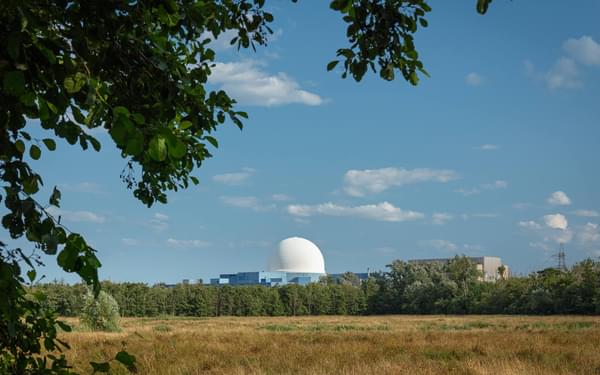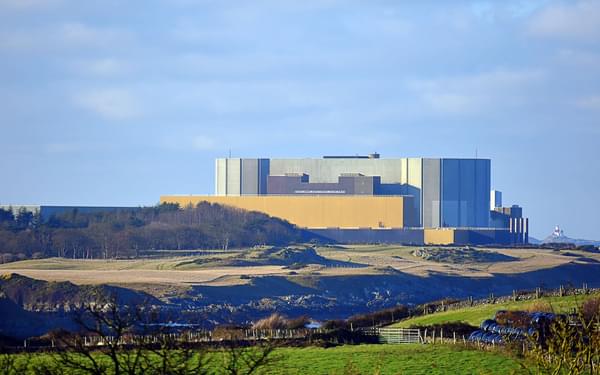Assessing design modifications in the context of nuclear environmental permit limits

Our assessment of proposed modifications to Sizewell C’s design helped provide justification for the environmental performance of this Nationally Significant Infrastructure Project.

Hydrock reviewed modifications to the Hinkley Point C (HPC) nuclear power station design, which were also proposed to be carried forward into the replicated design for the Sizewell C (SZC) nuclear power station. We first assessed whether the proposed modifications were ‘significant’ from an environmental permitting compliance perspective, i.e. if they could have an impact on discharges, requiring an increase in the discharge limits in the SZC operational environmental permits or whether the changes could significantly reduce discharge limit margins. This assessment also considered whether a revised Best Available Techniques analysis would be necessary.
Hydrock conducted independent assessments of the HPC modifications to verify whether any of the modifications could have an impact on the three SZC operational Environmental Permits; the Radiological Substances Regulation Activity, Combustion Activity and Water Discharge Activity permits.
The assessment took into consideration advice from a Radioactive Waste Advisor on the environmental significance of modifications. Hydrock organised workshops and developed a screening process to assess the modifications. We worked with the SZC Environment Team who provided Hydrock with the relevant screening forms to support the review of the impact of the modifications. Hydrock developed a spreadsheet to manage these modifications during the review.
After review and assessment of these screening forms, we determined that a number of the proposed modifications could potentially affect the discharge limits or further details were required on the modification before an assessment could be made. The remaining modifications were assessed as not having the potential to affect the permit discharge limits. Noting the expected regulatory interest in the rigour of the assessment process, we provided a justification for each of the modifications that had been ruled out.














